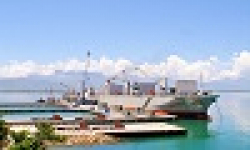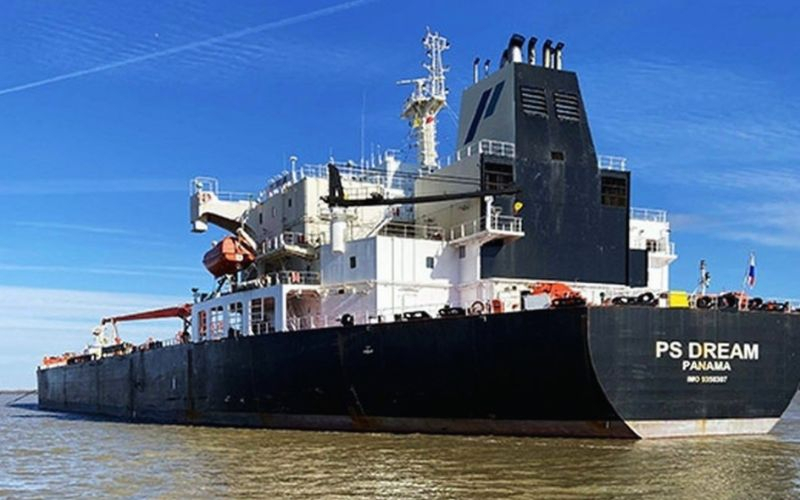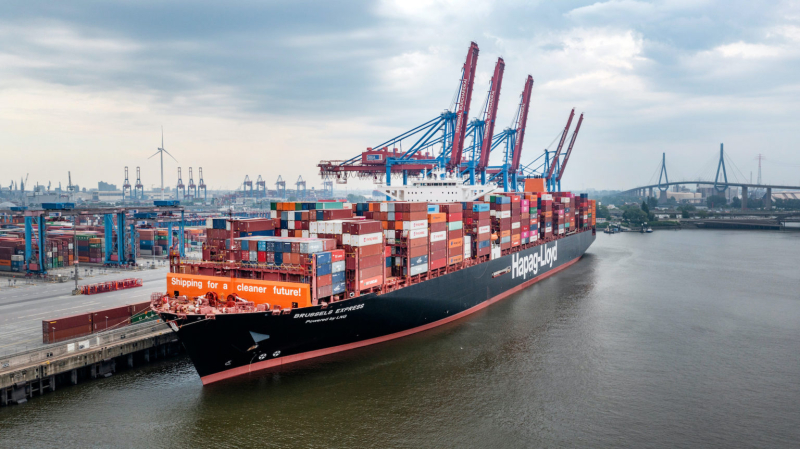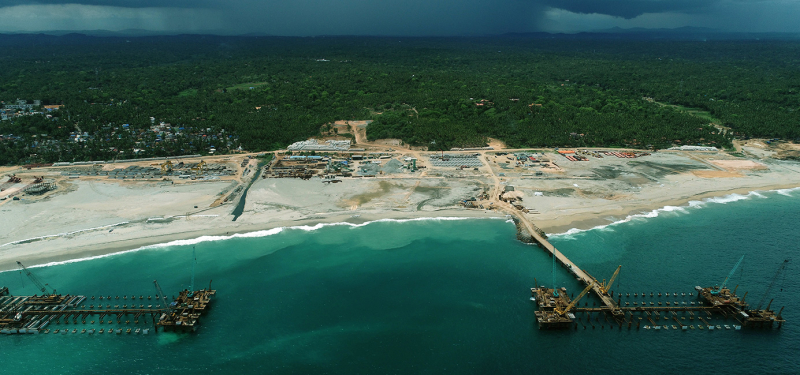
FILE PHOTO: The sun sets behind container cranes at the Port of Los Angeles in Los Angeles, California, U.S. October 14, 2021. REUTERS/David Swanson/File Photo
Alongside sweeping action on port fees for Chinese-built and operated ships, the United States Trade Representative has announced potential significant measures targeting China’s dominance in maritime infrastructure, proposing tariffs of up to 100% on ship-to-shore (STS) cranes and cargo handling equipment of Chinese origin.
The action follows an extensive Section 301 investigation that included a two-day public hearing and gathered nearly 600 public comments from industry stakeholders.
The USTR’s investigation revealed critical vulnerabilities stemming from China’s overwhelming control of global production in key maritime infrastructure components, including 95% of production of shipping containers and 86% of the global supply of intermodal chassis. The report specifically highlights concerns about China’s ability to potentially manipulate the supply of essential maritime components and materials.
“Ships and shipping are vital to American economic security and the free flow of commerce,” stated Ambassador Greer, adding that these actions aim to “reverse Chinese dominance, address threats to the U.S. supply chain, and send a demand signal for U.S.-built ships.”
The new proposal was announced alongside a new port fee regime targeting Chinese-built ships and operators that was finalized on Thursday.
The proposed tariffs will apply to STS cranes manufactured or assembled with Chinese components, as well as equipment produced globally by Chinese-controlled companies.
Industry stakeholders have until May 19, 2025, to submit written comments on the proposed action. A public hearing is scheduled for the same day at the U.S. International Trade Commission in Washington DC, with registration required by May 8, 2025.
The USTR is seeking specific feedback on product scope, appropriate duty rate levels, and implementation timeline options ranging from 180 days to 24 months.
The proposal comes after the previous Biden Administration imposed a 25% tariffs on Chinese-manufactured ship-to-shore (STS) cranes in a move to curtail China’s unfair trade practices, coming amid heightened concerns about the security of U.S. ports and potential cybersecurity threats from Chinese-manufactured port equipment.
Shanghai Zhenhua Heavy Industries (ZPMC), a firm with close ties to the Chinese Communist Party (CCP), is a major supplier of STS cranes to ports both in the U.S. and globally. The company has come under heightened scrutiny over its affiliations with the CCP and concerns that its equipment could used as spying tools by China





























